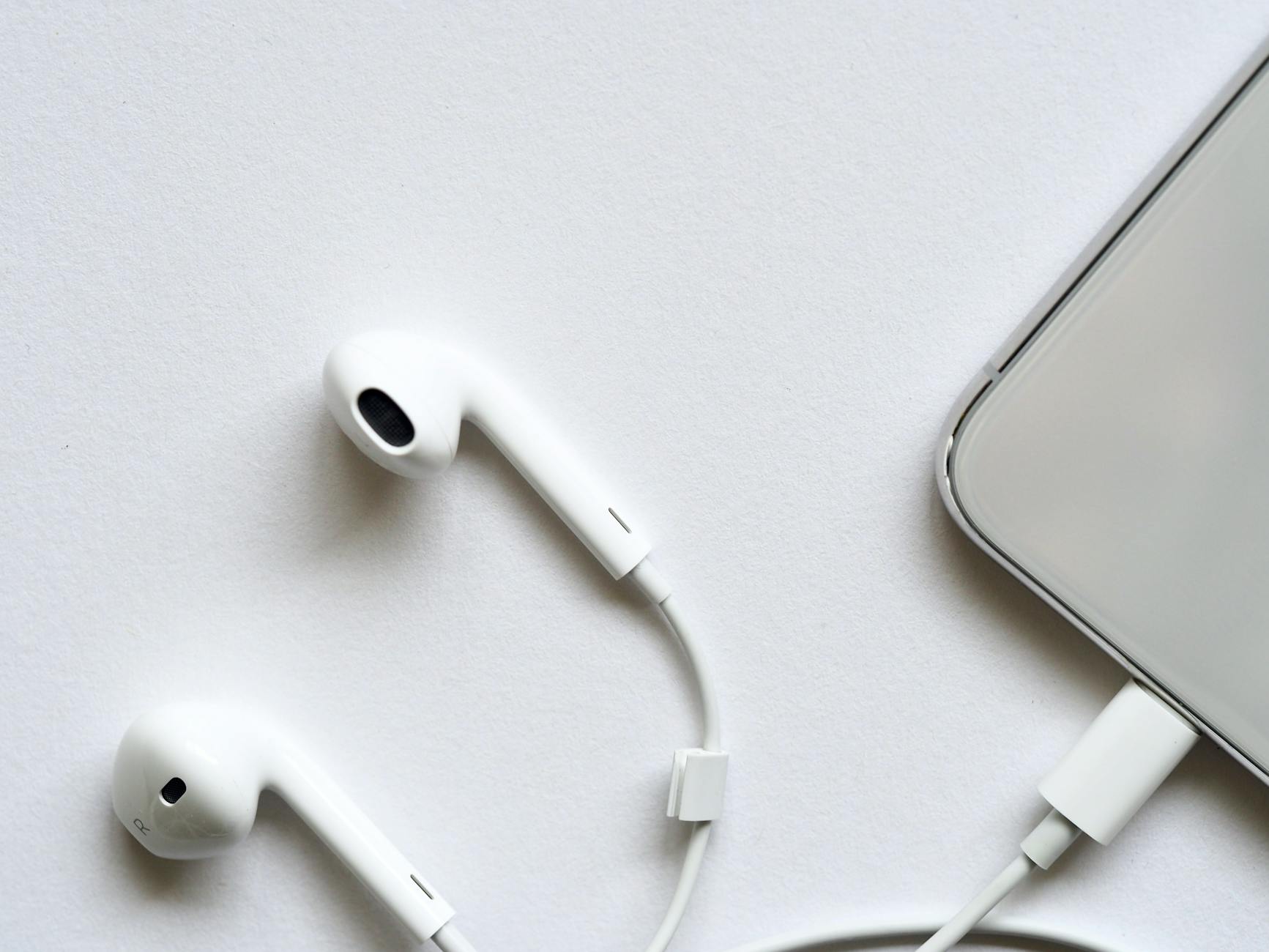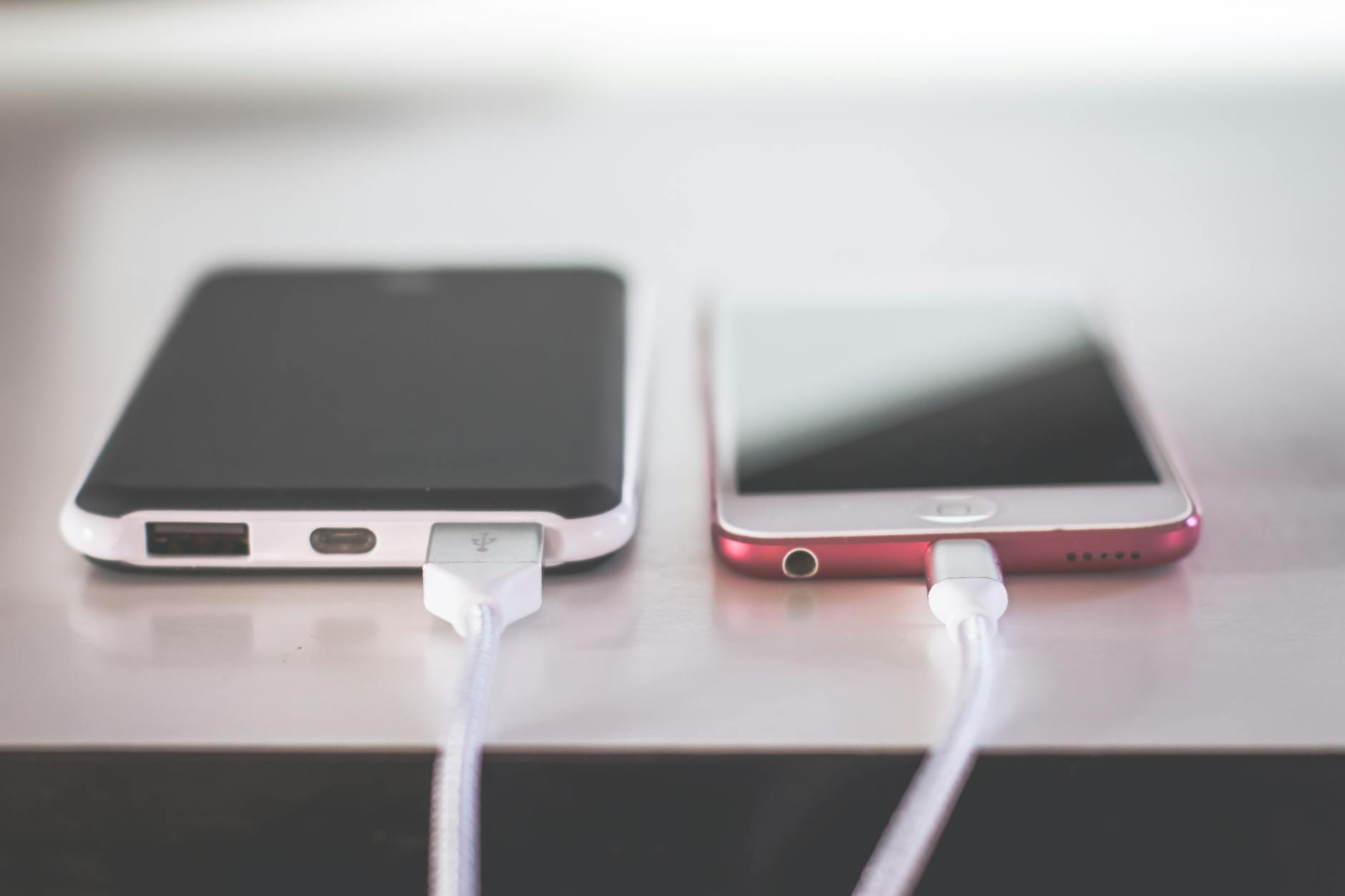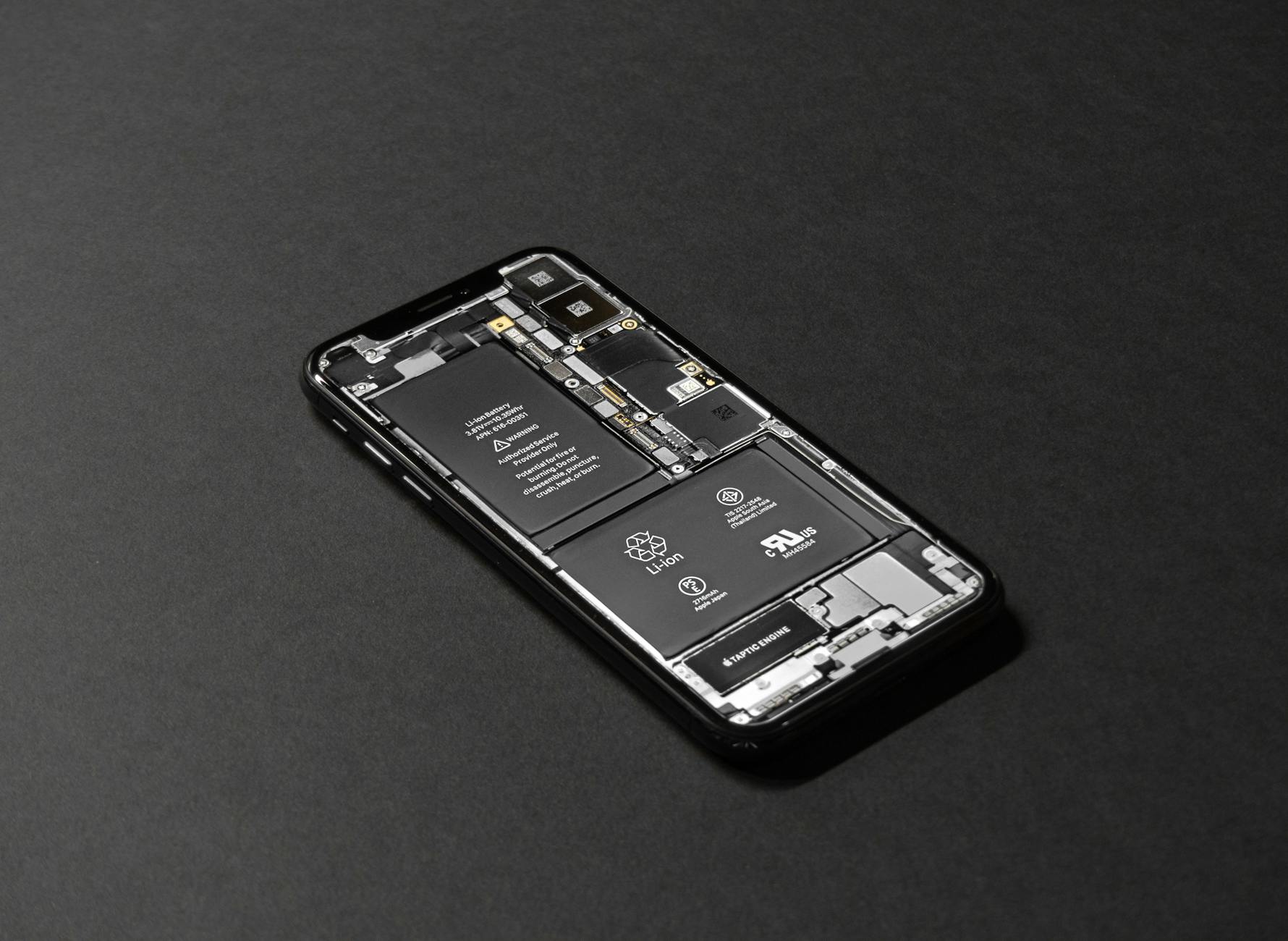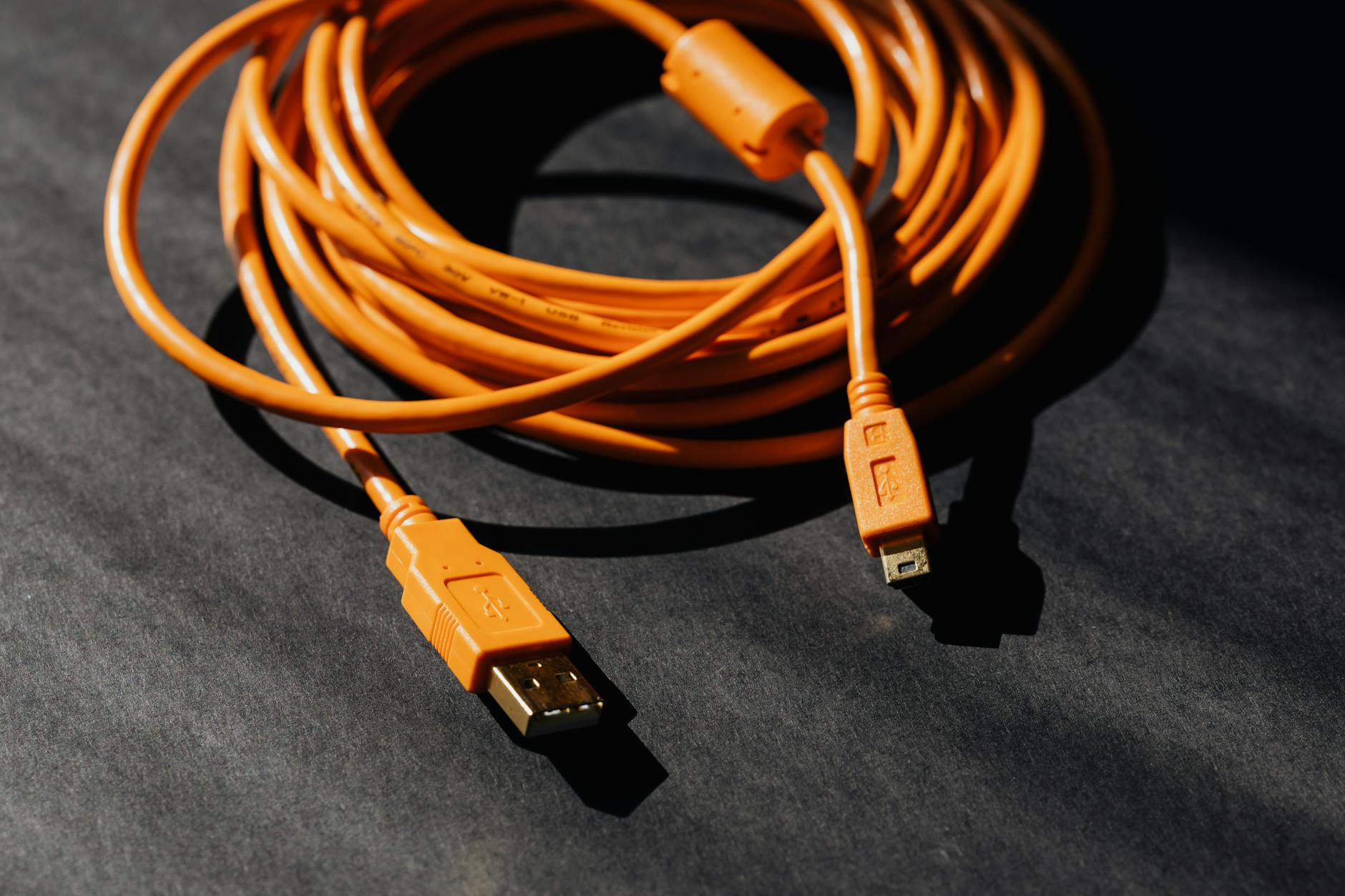Smartphone batteries are the lifeline of our daily routines. When they drain too quickly, it can disrupt everything from important calls to late-night binge-watching. So, how can you make your smartphone battery last longer?
In this post, you’ll discover practical tips to extend battery life, boost performance, and improve your phone’s longevity. We’ll tackle common battery-draining habits and share easy fixes that anyone can implement. You’ll leave with actionable strategies that fit into your daily life, ensuring your device keeps up with your pace.
Whether you’re at work, on the go, or lounging at home, a reliable battery can transform your smartphone experience. Let’s find out how to keep yours in top shape!
Understanding Smartphone Batteries
Smartphone batteries play a crucial role in how efficiently and effectively our devices function. Knowing the types of batteries and how to measure their health can help you make informed decisions about battery care, leading to increased longevity and performance.
Lithium-ion vs. Lithium-polymer Batteries
The two main types of batteries in smartphones are lithium-ion (Li-ion) and lithium-polymer (LiPo). Both have distinct characteristics and uses.
- Lithium-ion Batteries:
- Advantages:
- Higher energy density allows for more energy storage in a compact size.
- Better stability under normal usage conditions.
- Longer lifespan, generally lasting more charge cycles.
- Disadvantages:
- More rigid and can be prone to damage if dropped.
- Heavier compared to lithium-polymer batteries.
- Advantages:
- Lithium-polymer Batteries:
- Advantages:
- Lighter and can be made in various shapes and sizes, allowing for more flexible designs.
- Lower risk of leakage due to solid or gel-like electrolytes.
- Can support fast charging with less strain on the battery.
- Disadvantages:
- Generally have a shorter life cycle compared to lithium-ion batteries.
- Lower energy density, meaning they store less energy in the same volume.
- Advantages:
Understanding these differences is essential when considering a phone purchase. For more details, check out this article on Lithium-ion VS Lithium Polymer Battery: Which is Better?.
Battery Health Metrics
To effectively manage your smartphone battery, it’s crucial to understand key health metrics:
- Cycle Count: This refers to the number of complete charge and discharge cycles a battery goes through. On average, smartphone batteries can endure between 300 to 500 cycles. After that, you might notice a decrease in performance and capacity. For more information, take a look at What are battery cycle counts and how to check them.
- Capacity: This metric indicates how much energy the battery can store, measured in milliamp hours (mAh). As batteries age, their capacity diminishes, which influences how long your smartphone can last on a single charge.
- Longevity: This refers to the overall lifespan of the battery. Most smartphone batteries are rated to retain up to 80% of their capacity after about 500 cycles. Regularly monitoring your battery health can help you identify when it’s time for a replacement.
These battery metrics are essential for keeping your smartphone functioning optimally and extending its lifespan. To explore more, read about How Long Does a Phone Battery Last? Your Guide This 2023.
Optimal Charging Practices
Maintaining your smartphone’s battery health is crucial for extending its lifespan. One of the most effective ways to do this is through optimal charging practices. Here, we’ll explore the ideal charge range, the benefits of slow charging techniques, and why avoiding full discharge is important.
Ideal Charge Range (20% – 80%)
Keeping your battery between 20% and 80% can significantly enhance its longevity. Why is this range so important? Batteries undergo wear and tear with every charge cycle, and extremes can accelerate this process.
- Below 20%: Draining your battery too low can lead to cell damage. Regularly letting your battery hit the red zone may result in faster degradation.
- Above 80%: Charging to 100% constantly can stress the battery, especially if you keep it plugged in after reaching a full charge.
Many experts recommend charging your smartphone when it drops to around 30% and unplugging when it hits 80%. For more insights, check out this article on How to Maximize Battery Life: Charging Habits and Other Tips.
Slow Charging Techniques
Using a slower charger can be gentler on your battery than fast charging. While fast chargers are convenient, they generate more heat, which can harm battery health over time. Here are some benefits of slow charging:
- Reduced Heat Production: Less heat means less stress on the battery, which contributes to a longer lifespan.
- Gradual Charge Cycle: Charging slowly allows the battery to absorb power more steadily, reducing the risk of overvoltage.
If you can, consider using the standard charger that came with your device or a lower-wattage charger. This can make a significant difference in maintaining your battery’s health. For more, check out Cell Phone Charging Tips.
Avoiding Full Discharge
Letting your battery drain completely should be avoided. When a battery is fully discharged, it can enter a state called deep discharge, leading to irreversible damage. Here’s why maintaining charge is vital:
- Cell Damage: Each complete discharge cycle can diminish the battery’s health faster than partial discharges. This can affect not only the capacity but also the overall functionality of your phone.
- Performance Issues: A battery that frequently hits 0% may not hold a charge well over time, leading to unexpected shutdowns even when the battery indicator shows a percentage.
Strive to plug in your phone before it drops below 20% and avoid keeping it connected to a charger all night. For tailored advice, visit 9 Tips for a Longer Battery Life on Your Android Device.

Photo by Jess Bailey Designs
Usage Habits to Extend Battery Life
Adjusting how you use your smartphone can lead to significant improvements in battery life. Simple changes to settings and habits can help maximize the time between charges. Below are effective strategies to consider.
Screen Brightness and Timeout Settings
One of the quickest ways to reduce battery drain is by managing your screen’s brightness and timeout settings.
- Optimal Brightness Levels: Aim for a brightness level that is comfortable for your eyes but not overly bright. Ideally, set your screen brightness to around 50% or use auto-brightness features that adjust based on your surroundings. Screens set to maximum brightness can drain your battery significantly. For tips on adjusting these settings, check out this guide on Tips to extend your battery life.
- Screen Timeout Settings: Shorten your screen timeout to save energy. A setting of 15 to 30 seconds can prevent your display from staying on longer than necessary, especially during idle moments. You can customize this in your settings under Display or Lock Screen options. More on this can be found in the article Extend your Android Phone’s Battery Life – Know How.
Managing Background Apps
Background apps can be battery hogs, often draining power without you realizing it.
- Disabling Background Data: Turn off background data for apps that you don’t use frequently. On both iOS and Android devices, you can do this in your settings. For iOS, navigate to Settings > General > Background App Refresh. On Android, check under Settings > Network & Internet > Data usage. More details are available in How to turn off background apps on your iPhone and Android.
- Limiting Notifications: Notifications can also wake your device frequently, consuming power. Disable notifications for non-essential apps to further extend your battery life.
Location Services Management
Location services are convenient but can deplete your battery quickly.
- Turning Off GPS: When you’re not using navigation or location-based services, disable GPS. You can easily toggle this off in your settings under Location or Privacy. Keeping GPS on can reduce battery life significantly, as shown in Why GPS-dependent apps deplete your smartphone battery.
- Selective Location Access: For apps that require location access, consider setting them to “While Using the App” instead of “Always”. This change can help conserve battery power when not actively using those apps.
Airplane Mode Benefits
Airplane mode is a handy tool for saving battery in certain situations.
- When to Use Airplane Mode: If you’re in an area with poor connectivity or if you’re on a plane, switch to airplane mode. This disables all wireless communications, saving battery life as your device won’t constantly search for signals. It can significantly reduce battery usage under these circumstances. Learn more about the effects of airplane mode in the article Does Airplane Mode Save Battery? Benefits and Myths.
- Keeping Wi-Fi On: You can still use Wi-Fi while in airplane mode, allowing you to connect to the internet without draining battery from cellular searches.

Photo by Steve Johnson
Software and Settings Adjustments
Optimizing your smartphone’s software and settings can significantly impact battery life. Small adjustments can lead to substantial energy savings, allowing you to maximize the time between charges. Here are some effective strategies you can implement.
Low Power Mode Features
Low Power Mode is a handy feature allowing your device to conserve battery life by limiting background processes. Depending on your operating system, enabling this mode is straightforward.
- iOS: To activate Low Power Mode on an iPhone, go to Settings > Battery, and toggle the Low Power Mode switch on. You can also add this feature to the Control Center for easy access. More details can be found at Apple’s support page.
- Android: For most Android devices, access Settings > Battery > Battery Saver and toggle it on. Some devices allow you to customize settings for more control over battery usage. Check out this guide for additional steps.
Activating Low Power Mode reduces background activity, which can substantially extend battery life during critical moments when you need it the most.
App Updates and Management
Regular updates play a crucial role in the efficiency of your apps. They not only improve performance but also enhance battery management.
- Keep Apps Updated: Updates often contain fixes for bugs or issues that cause excessive battery drain. Regularly checking for updates in the App Store or Google Play Store can keep your apps running smoothly. For more insights, read about the importance of regular updates.
- Uninstall Unused Apps: Periodically review your apps and uninstall those you no longer use. These apps can run background processes that consume battery life. A cluttered app drawer can lead to unnecessary power drain.
- Manage Notifications: Limiting notifications can also reduce battery usage. Turn off non-essential notifications for apps that aren’t critical. This way, you can save power while minimizing distractions.
Operating System Optimization
Keeping your smartphone’s operating system updated is essential for performance and battery efficiency.
- Software Updates: Manufacturers often release updates that optimize battery life. Go to Settings > About Phone > System Updates to ensure you’re on the latest version. Understanding the enhancements provided by operating system updates can be found at this resource.
- Optimization Features: Many smartphones have built-in battery optimization settings. These features can help manage apps that consume more power than necessary and can often be found under Settings > Battery > Battery Optimization.
Taking the time to update your operating system can lead to improvements in app performance and battery life, keeping your device running efficiently.

Photo by Thirdman
Environmental Considerations
A smartphone’s battery life doesn’t only depend on usage habits but also significantly on environmental factors. Extreme temperatures and exposure to moisture can greatly impair battery performance. Understanding these factors can help you protect your device and maximize its lifespan.
Temperature Awareness
Extreme temperatures can have a damaging effect on smartphone batteries. Both heat and cold are detrimental, albeit in different ways.
- High Temperatures: Prolonged exposure to heat can warp battery components and lead to chemical breakdowns. When it’s too hot, batteries can lose their charge capacity more quickly, reducing overall efficiency. Devices left in hot cars or direct sunlight experience quicker degradation. For a deeper understanding, check out this article on how heat can hurt your phone’s battery.
- Low Temperatures: Cold weather poses challenges as well. Batteries operate less efficiently in low temperatures, which means shorter usage times. A cold battery can struggle to hold a charge or might deplete more quickly during your day-to-day activities. Explore the effects of cold on battery health in this discussion about extreme cold impacts.
Humidity and Exposure to Elements
Moisture is another silent enemy of smartphone batteries. High humidity and dust exposure can accelerate battery issues and overall performance degradation.
- Humidity Effects: Constant exposure to high humidity can lead to corrosion within the device, impacting not just the battery but also internal circuitry. When moisture seeps into your phone, it can create short-circuits or rust, leading to that dreaded battery drainage. Learn more about how humidity can damage your phone in this detailed overview from SimplyMac.
- Dust and Particulate Matter: Dust can get into phone components and lead to overheating issues. When heat builds up, it negatively affects battery performance. Keeping your phone in a clean, dry environment can mitigate risks associated with dust and humidity. For insights on how environmental factors affect mobile performance, check out this article about the weather’s impact on phones.

Photo by Tyler Lastovich
Accessories That Help
When it comes to extending your smartphone battery life, certain accessories can be game-changers. They not only offer convenience but also ensure your battery lasts through the day. Here are two essential accessories to consider.
Portable Chargers and Power Banks
Carrying a portable charger or power bank is a smart move for anyone who relies on their smartphone throughout the day. These compact power solutions offer numerous benefits:
- On-the-Go Charging: You can charge your phone anywhere, whether you’re commuting, running errands, or traveling. It keeps your phone powered when you need it most.
- Convenience: Many power banks are lightweight and easy to carry. There’s no need to search for an outlet when you’re out and about.
- Multiple Charges: High-capacity power banks can provide several charges to your device before needing a recharge themselves. Some models can even charge multiple devices simultaneously.
For more on the benefits of portable chargers, take a look at this insightful article on 5 Reasons Why You Need a Portable Charger.

Photo by Kaboompics.com
Battery Cases
Battery cases offer both protection and power. These cases have built-in batteries, giving your smartphone an extra boost while safeguarding it from drops and scratches. Here’s why battery cases can be beneficial:
- Double Duty: They combine the functions of a case and a charger, reducing the need to carry separate accessories.
- Easy Charging: Simply plug in the case, and it will start charging your phone automatically. No extra cables are needed!
- Sleek Designs: Many battery cases come in stylish options, allowing users to protect their devices without compromising on aesthetics.
To explore different battery case options, visit Zagg’s Battery Phone Cases.

Photo by Steve Johnson
Conclusion
Taking care of your smartphone battery is essential for maximizing its lifespan and maintaining optimal performance. Implementing simple strategies like keeping your charge between 20% and 80%, managing screen brightness, and minimizing background app activity can make a substantial difference.
Consider investing in accessories like portable chargers and battery cases to ensure you never run out of power when you need it most.
How do you plan to improve your smartphone battery habits? Share your thoughts and experiences below!


